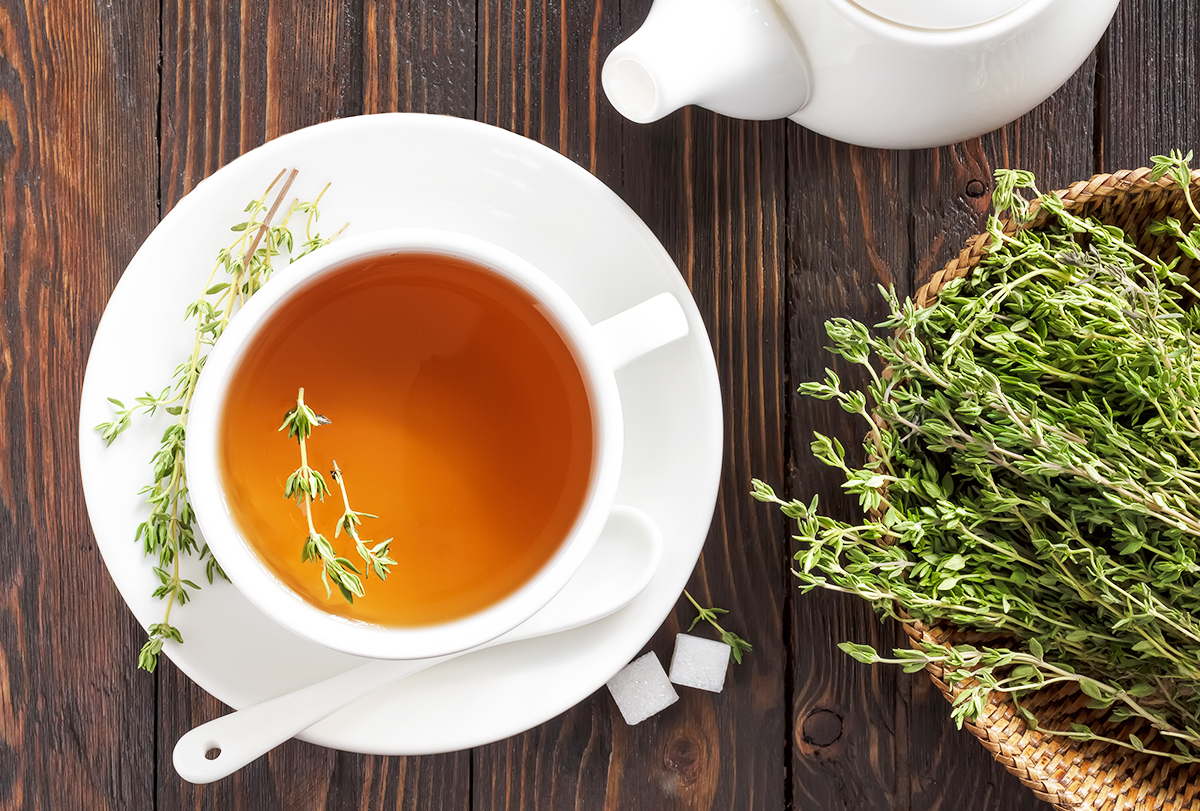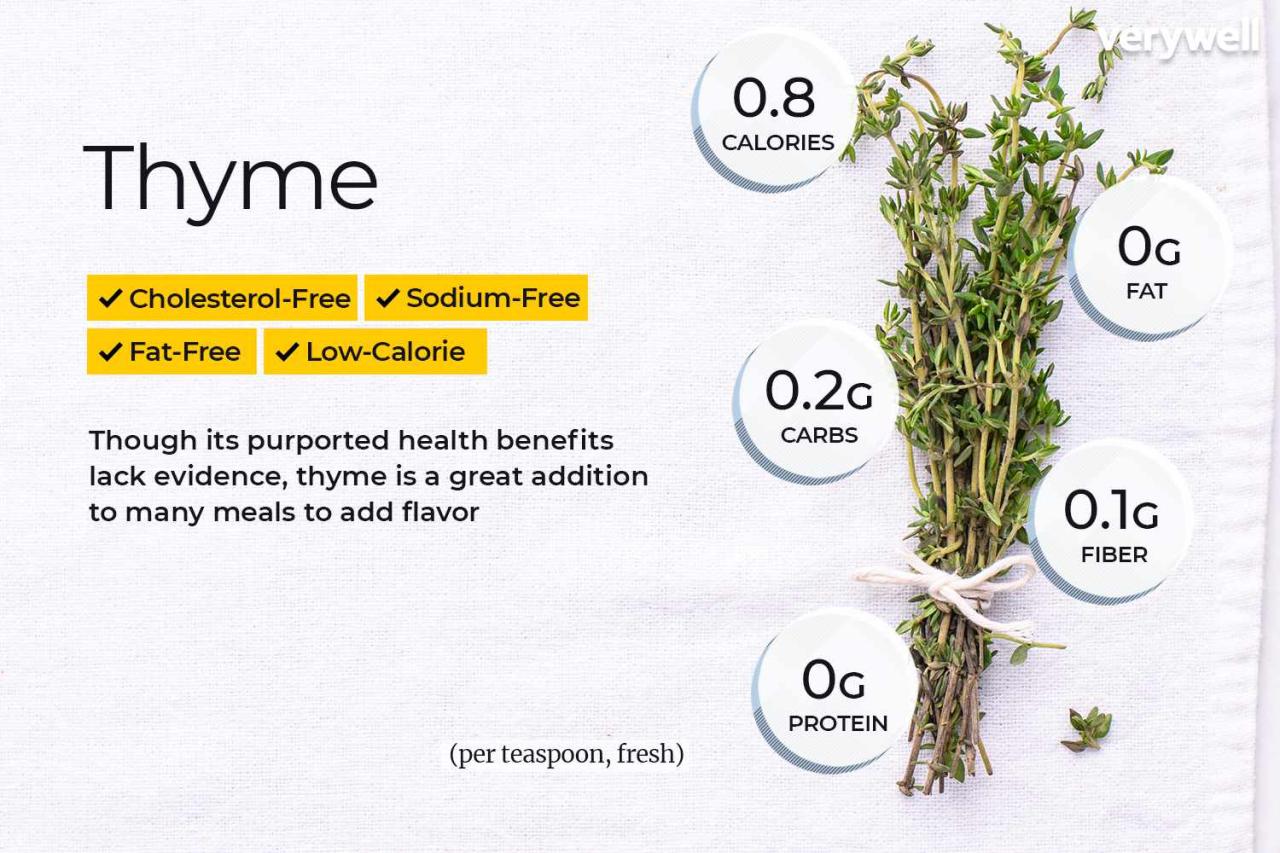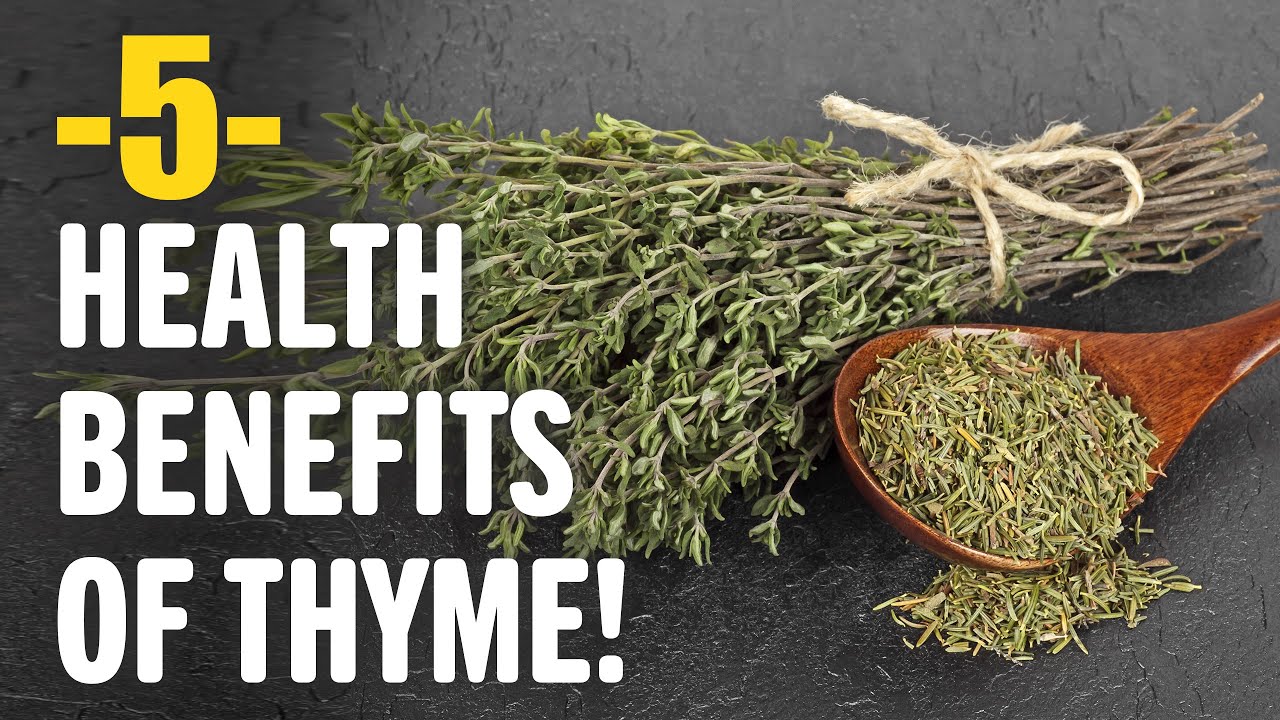The Top Benefits of Adding Thyme Piece to Your Dishes: More than just a fragrant herb, thyme offers a world of culinary and health advantages. Its distinctive flavor profile, ranging from earthy to lemony, adds depth and complexity to various dishes.
From classic Mediterranean and French cuisine to Asian stir-fries, thyme’s versatility knows no bounds. But beyond its deliciousness, thyme possesses potent antioxidant and antimicrobial properties, making it a valuable addition to a healthy diet.
This article delves into the multifaceted benefits of thyme, exploring its unique flavor, culinary versatility, health advantages, and practical tips for using it in your kitchen. Whether you’re a seasoned chef or a home cook, discover how thyme can elevate your dishes and contribute to your well-being.
Culinary Versatility: The Top Benefits Of Adding Thyme Piece To Your Dishes
Thyme, with its distinctive aroma and earthy flavor, is a culinary chameleon, lending its essence to a wide range of dishes. Its versatility extends from savory meat dishes to aromatic vegetables and even sweet treats.
Thyme’s Role in Various Cooking Methods
Thyme’s versatility is further highlighted by its compatibility with various cooking methods. It can be added whole, chopped, or used as an infused oil, depending on the desired outcome.
Cooking Method |
Thyme Usage |
Examples |
|---|---|---|
Roasting |
Whole sprigs or chopped thyme added during the last 30 minutes of roasting |
Roasted chicken, lamb, vegetables |
Grilling |
Fresh thyme sprigs rubbed on meat or fish before grilling |
Grilled salmon, steak, vegetables |
Simmering |
Thyme added to simmering liquids, such as soups, stews, and sauces |
Chicken soup, beef stew, tomato sauce |
Thyme-Infused Chicken with Lemon and Herbs
This recipe showcases thyme as a key ingredient, combining its earthy notes with the bright acidity of lemon and the freshness of other herbs. Ingredients:* 4 boneless, skinless chicken breasts
- 1 tablespoon olive oil
- 1 lemon, cut into wedges
- 1/4 cup chopped fresh thyme
- 1/4 cup chopped fresh parsley
- 1/4 cup chopped fresh basil
- Salt and pepper to taste
Instructions:
- Preheat oven to 375°F (190°C).
- In a large bowl, combine the chicken breasts, olive oil, lemon wedges, thyme, parsley, basil, salt, and pepper. Toss to coat.
- Place the chicken in a baking dish and bake for 20-25 minutes, or until cooked through.
- Serve immediately.
This recipe demonstrates how thyme can be a central flavor component in a dish, enhancing the overall taste profile and adding a layer of complexity.
Health Benefits of Thyme: More Than Just Flavor

Thyme, a fragrant herb with a long history of culinary and medicinal use, offers a wealth of potential health benefits beyond its delightful flavor. Its versatility extends to a range of health-promoting properties, making it a valuable addition to your diet.
Antioxidant Powerhouse
Thyme is rich in antioxidants, compounds that protect your cells from damage caused by free radicals. These free radicals can contribute to aging and chronic diseases.
While thyme adds a distinct flavor to your culinary creations, its versatility extends beyond the kitchen. Just like thyme, African violets are easy to grow and propagate, making them perfect for even the busiest gardener. If you’re looking for a low-maintenance way to expand your plant collection, check out How to Propagate African Violets: The Lazy Gardener’s Guide.
And just as a pinch of thyme can elevate a dish, a vibrant African violet can brighten up any space.
- Thymol:A primary component of thyme oil, thymol is a potent antioxidant that has been shown to combat oxidative stress in the body.
- Carvacrol:Another potent antioxidant found in thyme, carvacrol has been studied for its potential to protect against various health conditions.
Antioxidants in thyme may help to reduce the risk of chronic diseases such as heart disease, cancer, and Alzheimer’s disease.
Thyme’s Role in the Kitchen

Thyme’s culinary prowess extends beyond its flavorful contribution; understanding its storage and usage techniques unlocks its full potential in your kitchen. Proper storage ensures the preservation of its vibrant aroma and taste, while strategic pairings and application methods elevate dishes to new heights.
Storing Fresh and Dried Thyme
Maintaining the freshness and quality of thyme is crucial for preserving its flavor. Fresh thyme, with its vibrant green color and aromatic leaves, requires specific storage practices to prolong its shelf life. Fresh thyme should be stored in the refrigerator, wrapped in a damp paper towel and placed in a plastic bag.
This method helps maintain moisture and prevents wilting. Alternatively, fresh thyme can be stored in a glass of water, similar to flowers, ensuring the stems stay hydrated. However, it’s essential to change the water every day to prevent bacterial growth.
Dried thyme, readily available in most grocery stores, offers a convenient option for long-term storage. Storing dried thyme in an airtight container in a cool, dark place ensures its aroma and potency remain intact for up to a year.
Common Culinary Pairings, The Top Benefits of Adding Thyme Piece to Your Dishes
Thyme’s versatility extends to its ability to complement a wide range of ingredients. Its earthy, slightly peppery notes enhance both savory and sweet dishes.
While thyme’s earthy flavor elevates dishes, its benefits extend beyond the palate. Just as thyme thrives in the garden, so too do African violets flourish with a bit of care. If you’re looking to propagate your own violet collection, Unlock the Secrets of African Violet Leaf Cuttings offers a comprehensive guide.
Like thyme, African violets are versatile and rewarding, adding a touch of vibrant color to your home.
- Poultry:Thyme is a classic pairing for chicken, turkey, and duck, adding depth and complexity to roasted, braised, or grilled dishes.
- Fish:Thyme’s earthy notes complement the delicate flavors of fish, particularly white fish like cod and halibut.
- Vegetables:Thyme pairs well with root vegetables such as carrots, potatoes, and parsnips, adding a warm, savory touch to roasted or braised dishes.
- Legumes:Thyme enhances the flavor of beans, lentils, and chickpeas, adding depth and complexity to soups, stews, and salads.
- Cheese:Thyme’s earthy notes complement the creamy richness of cheeses, such as goat cheese, ricotta, and mozzarella.
- Eggs:Thyme adds a subtle, savory flavor to scrambled eggs, omelets, and frittatas.
Using Thyme in Cooking
Thyme’s versatility extends beyond its ability to complement a wide range of ingredients; its application methods contribute significantly to its culinary impact.
- Marinades:Thyme’s robust flavor infuses marinades, enhancing the taste and tenderness of meats, poultry, and fish.
- Sauces:Adding thyme to sauces, whether tomato-based, cream-based, or pan sauces, provides a complex and aromatic flavor profile.
- Soups and Stews:Thyme adds depth and complexity to soups and stews, especially those featuring vegetables, beans, or lentils.
- Roasted Vegetables:Thyme’s earthy notes complement the flavors of roasted vegetables, adding a warm and savory touch.
- Salads:Adding fresh thyme leaves to salads provides a fresh, herbaceous note that complements the other ingredients.
Ultimate Conclusion

In conclusion, thyme is a culinary treasure that offers a symphony of flavors, versatility, and health benefits. Its unique aroma and potent properties make it a valuable addition to any kitchen. From enhancing the taste of roasted vegetables to supporting digestive health, thyme’s multifaceted nature makes it a culinary and wellness champion.
So, next time you’re cooking, consider adding a sprig or two of thyme and experience the transformative power of this humble herb.
FAQ Corner
What is the best way to store fresh thyme?
Store fresh thyme in a glass of water, similar to flowers, or wrap it in a damp paper towel and place it in a plastic bag in the refrigerator.
Can I use dried thyme instead of fresh thyme?
Yes, but use about 1/3 the amount of dried thyme compared to fresh thyme.
What are some other herbs that pair well with thyme?
Thyme pairs well with rosemary, oregano, sage, garlic, and lemon.
